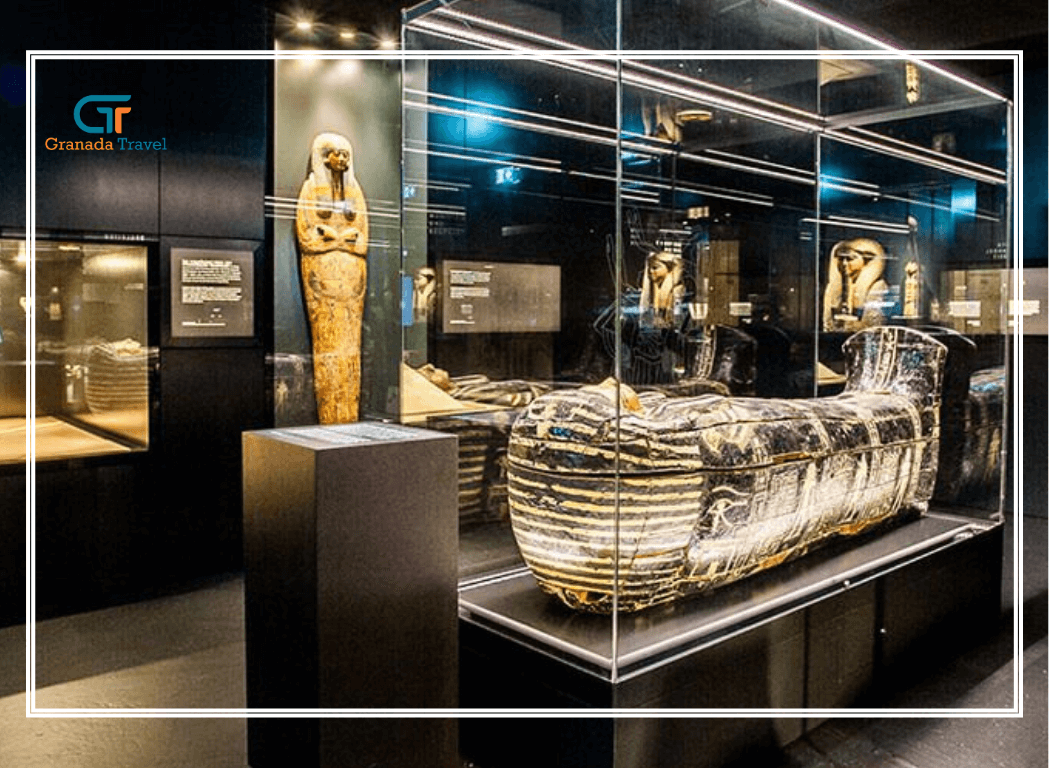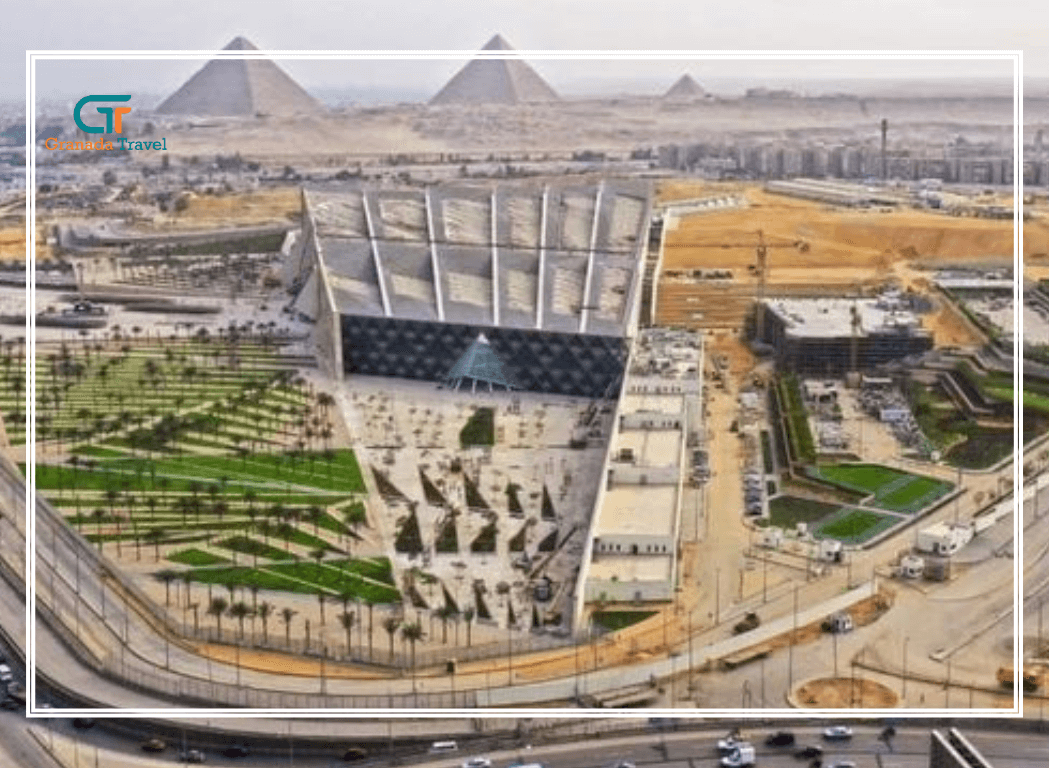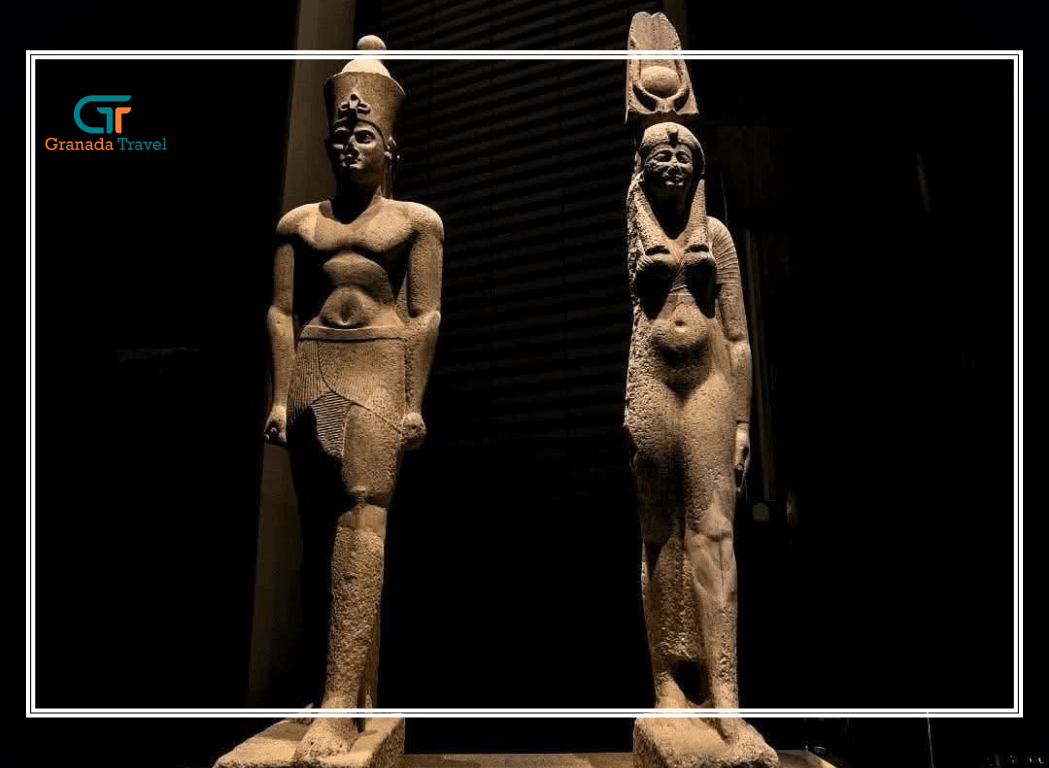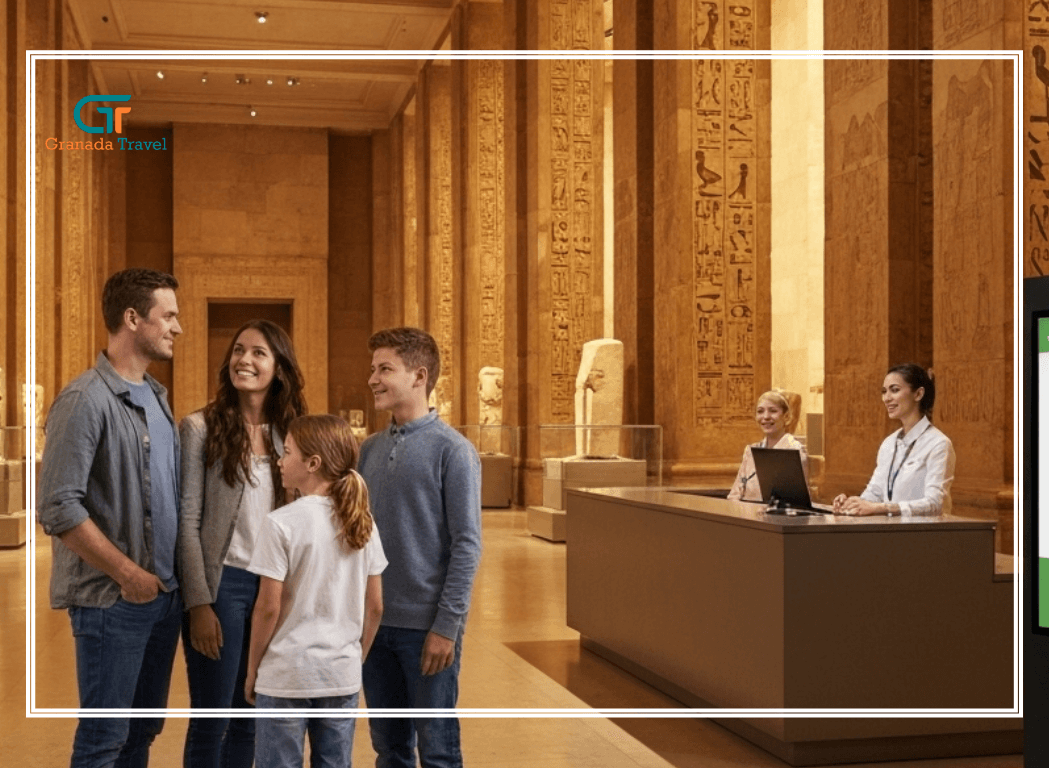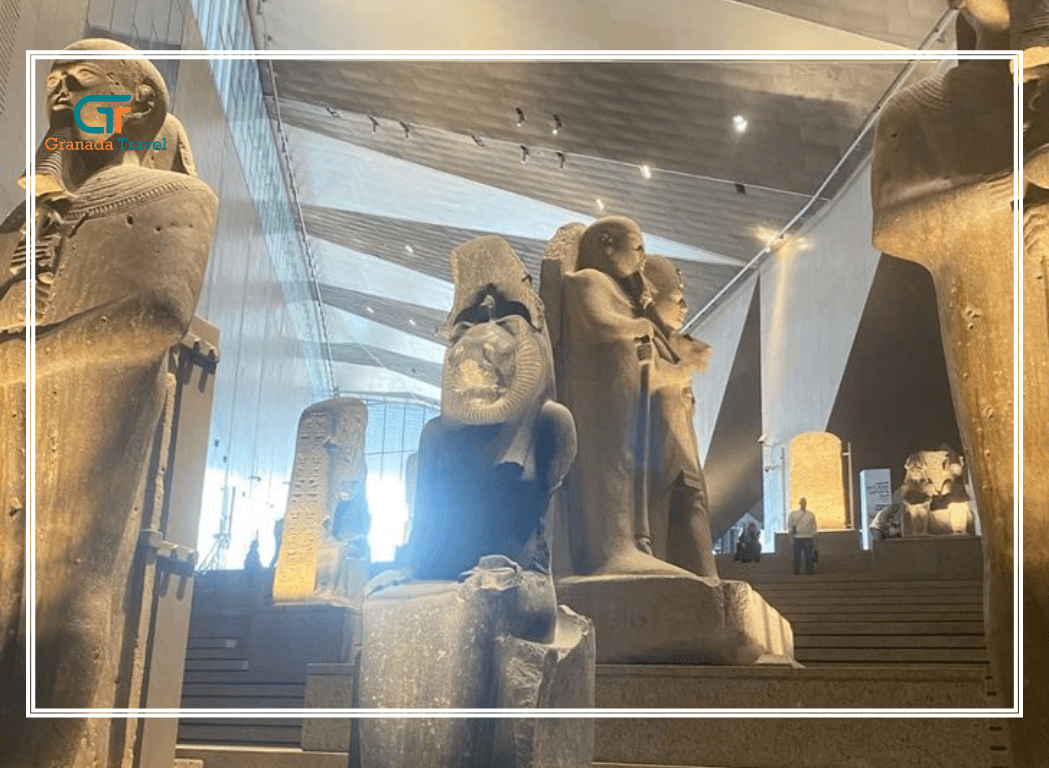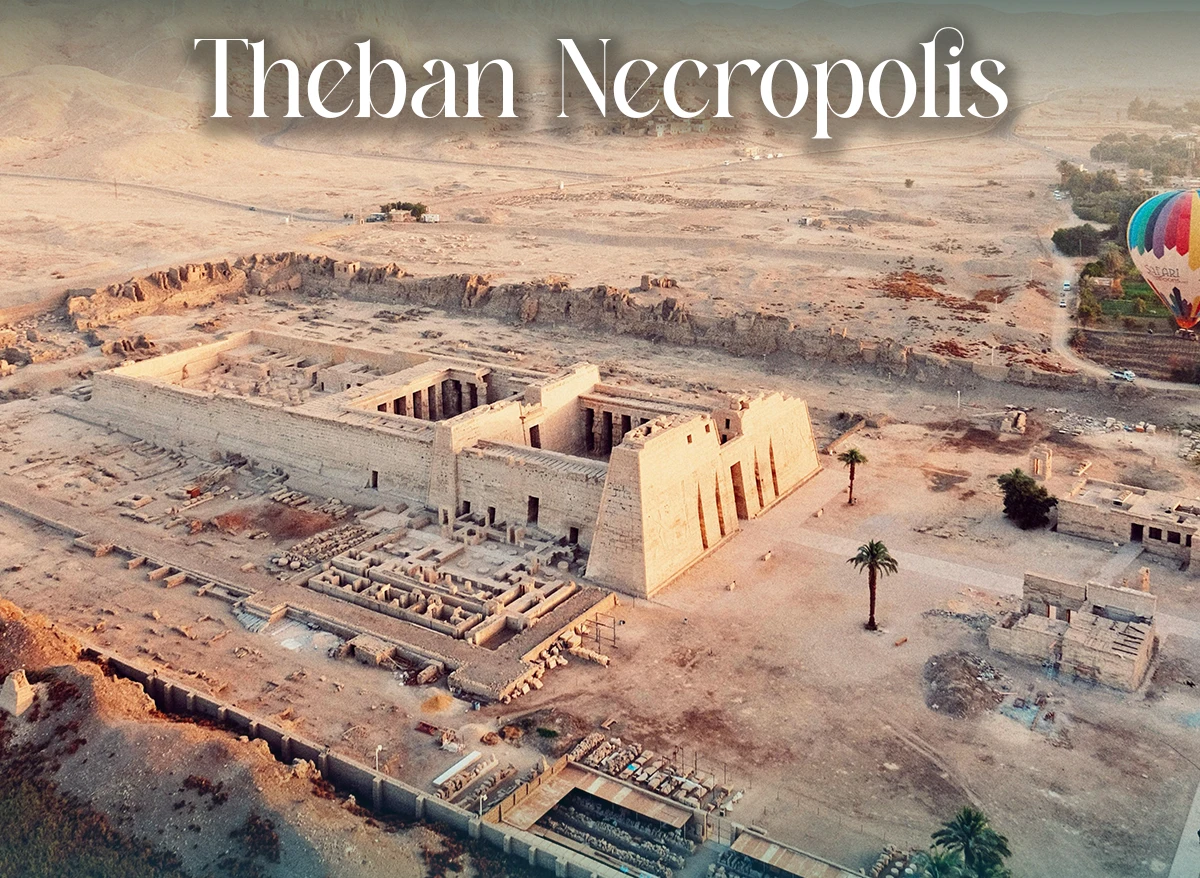
Echoes of Eternity: Unearthing the Wonders of the Theban Necropolis
Stepping onto the West Bank Luxor in modern-day Egypt is akin to traversing a bridge through time. Here, spread across a vast desert landscape opposite the thriving city of Luxor (ancient Thebes), lies the awe-inspiring Theban Necropolis. This colossal "city of the dead" served as the final resting place for pharaohs, queens, nobles, and commoners for over a millennium, offering an unparalleled window into ancient Egyptian beliefs, art, and daily life.
What is the necropolis in Egypt?
The term "necropolis" itself originates from Greek, meaning "city of the dead." In ancient Egypt, necropolises were meticulously planned and sprawling burial grounds, often located on the western bank of the Nile, aligning with the setting sun, a symbol of death and the journey to the afterlife. Unlike simple grave fields, these necropolises were elaborate complexes featuring monumental tombs, mortuary temples, and sometimes even villages for the workers who carved and decorated these eternal homes. The Theban Necropolis is arguably the most famous and extensive of these, a testament to the profound importance ancient Egyptians placed on the afterlife.
What is the story of necropolis?
The story of the Theban Necropolis is a saga of faith, power, and artistic brilliance. From the dawn of the New Kingdom (circa 1550 BCE) to its decline, this sprawling site was continuously developed and embellished. The choice of this location was not arbitrary; the dramatic cliffs and hidden wadis provided a sense of security and a symbolic connection to the west, the realm of the deceased.
The story begins with the early burials of local nomarchs and officials in areas like el-Khokha during the late Old Kingdom and First Intermediate Period. However, it was during the New Kingdom that the necropolis truly flourished, becoming the chosen burial ground for the mighty pharaohs of the 18th, 19th, and 20th Dynasties. They sought to safeguard their eternal repose from tomb robbers, opting for concealed, rock-cut tombs rather than the conspicuous pyramids of earlier eras.
A Journey Through the Theban Necropolis Map
To truly grasp the scale and complexity of this monumental site, a Theban Necropolis map is indispensable. It reveals a meticulously organized landscape of death and devotion, comprising several key areas, each with its own unique character and significance:
- The Valley of the Kings: This iconic valley, a labyrinth of subterranean passages, houses the magnificent Theban Necropolis tombs of New Kingdom pharaohs, including the legendary Tutankhamun. Each tomb, carved deep into the limestone, is a kaleidoscope of vibrant hieroglyphs and elaborate frescoes depicting the deceased's journey through the underworld and their interactions with the gods.
- The Valley of the Queens: Just as the kings had their valley, so too did their consorts. This valley is home to the beautifully adorned tombs of queens, royal children, and high-ranking nobles, with Queen Nefertari's tomb being a true masterpiece of ancient Egyptian art.
- Deir el-Bahari: A breathtaking terraced complex dominated by the Mortuary Temple of Hatshepsut, one of Egypt's most powerful female pharaohs. This architectural marvel, carved into the cliffs, is a striking example of ancient Egyptian engineering and artistic innovation. Other notable temples here include the mortuary temples of Mentuhotep II and Thutmose III.
- The Tombs of the Nobles (Sheikh Abd el-Qurna, el-Khokha, Dra' Abu el-Naga, el-Asasif, Qurnet Murai): These areas contain hundreds of private tombs belonging to high-ranking officials, scribes, priests, and artisans. While less grand than royal tombs, they often offer a more intimate glimpse into daily life, professions, and religious beliefs through their detailed and colorful wall paintings.
- Deir el-Medina: The village of the artisans who built and decorated the royal tombs. Their own modest but richly decorated tombs provide invaluable insights into the lives of the working class and their vibrant community.
- The Ramesseum: The sprawling mortuary temple of Ramesses II, a testament to his ambition and power, adorned with colossal statues and detailed reliefs.
- Medinet Habu: Another monumental mortuary temple, built by Ramesses III, notable for its well-preserved reliefs depicting military campaigns and religious festivals.
Unveiling Theban Necropolis Facts and Secrets
The Theban Necropolis is a treasure trove of historical and archaeological wonders, constantly yielding new Theban Necropolis facts. Here are just a few:
- Size and Scope: The necropolis spans approximately 10 square kilometers, containing thousands of tombs, scores of temples, and remnants of ancient settlements.
- Artistic Masterpieces: The walls of the Theban Necropolis tombs are adorned with some of the finest examples of ancient Egyptian art, providing invaluable insights into their mythology, cosmology, and daily rituals. The vibrant colors, preserved for millennia in the dry desert air, are a testament to the skill of ancient Egyptian artists.
- Protection and Plunder: Despite the efforts to conceal royal tombs, many were eventually plundered throughout antiquity. The discovery of Tutankhamun's nearly intact tomb in 1922 was a rare and spectacular exception.
- Secondary Burials: Many tombs, particularly private ones, were reused over centuries, leading to secondary burials in Theban necropolises. This practice often involved later generations or even different social classes interring their dead within existing tombs, sometimes leading to complex archaeological layers and a rich tapestry of funerary practices.
- Architectural Evolution: The necropolis showcases the evolution of tomb architecture, from the early Eleventh Dynasty courtyards to the elaborate, multi-chambered rock-cut tombs of the New Kingdom.
Discover the wonders of Luxor Egypt, the world’s greatest open-air museum.
The Theban Necropolis Photos: A Visual Journey
The sheer grandeur and intricate detail of the Theban Necropolis photos are captivating. From panoramic shots of the vast desert landscape dotted with temple ruins to close-ups of delicate wall paintings, each image tells a story. Imagine the vibrant blues and golds of a pharaoh's sarcophagus chamber, the serene majesty of Hatshepsut's temple against the dramatic cliffs, or the poignant beauty of a noble's tomb depicting scenes of harvest and family life. These visual records are crucial for understanding and appreciating the necropolis's artistic and historical significance.
Beyond the Tombs: A Living Legacy
The Theban Necropolis is more than just a collection of tombs; it's a living legacy that continues to reveal secrets about one of history's most fascinating civilizations. Ongoing archaeological work constantly unearths new discoveries, shedding light on ancient Egyptian society, beliefs, and interactions.
For anyone traveling to Luxor, Egypt, a visit to the Theban Necropolis on the West Bank Luxor is an absolute must. It's an opportunity to walk in the footsteps of pharaohs, to marvel at artistic masterpieces, and to contemplate the enduring human quest for immortality. This ancient "city of the dead" stands as a powerful reminder of the enduring spirit and remarkable achievements of ancient Thebes Egypt.

